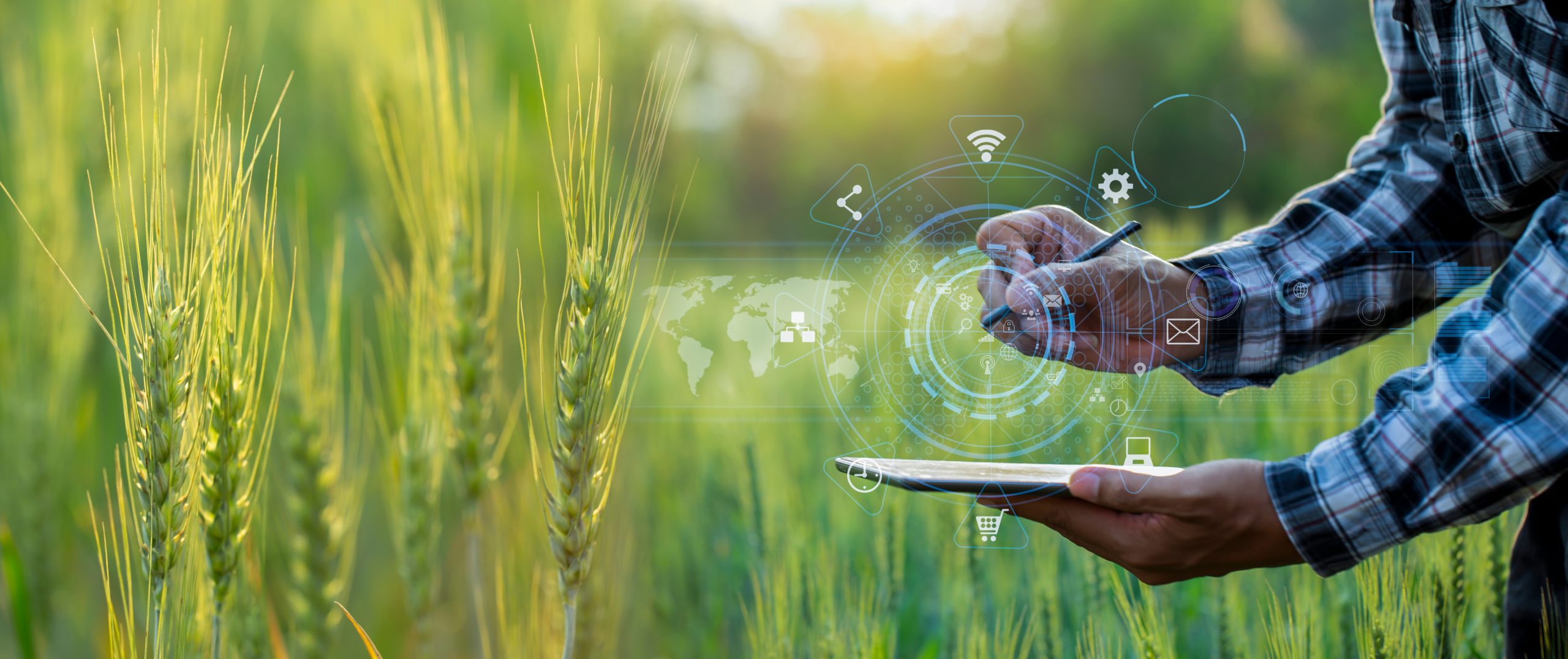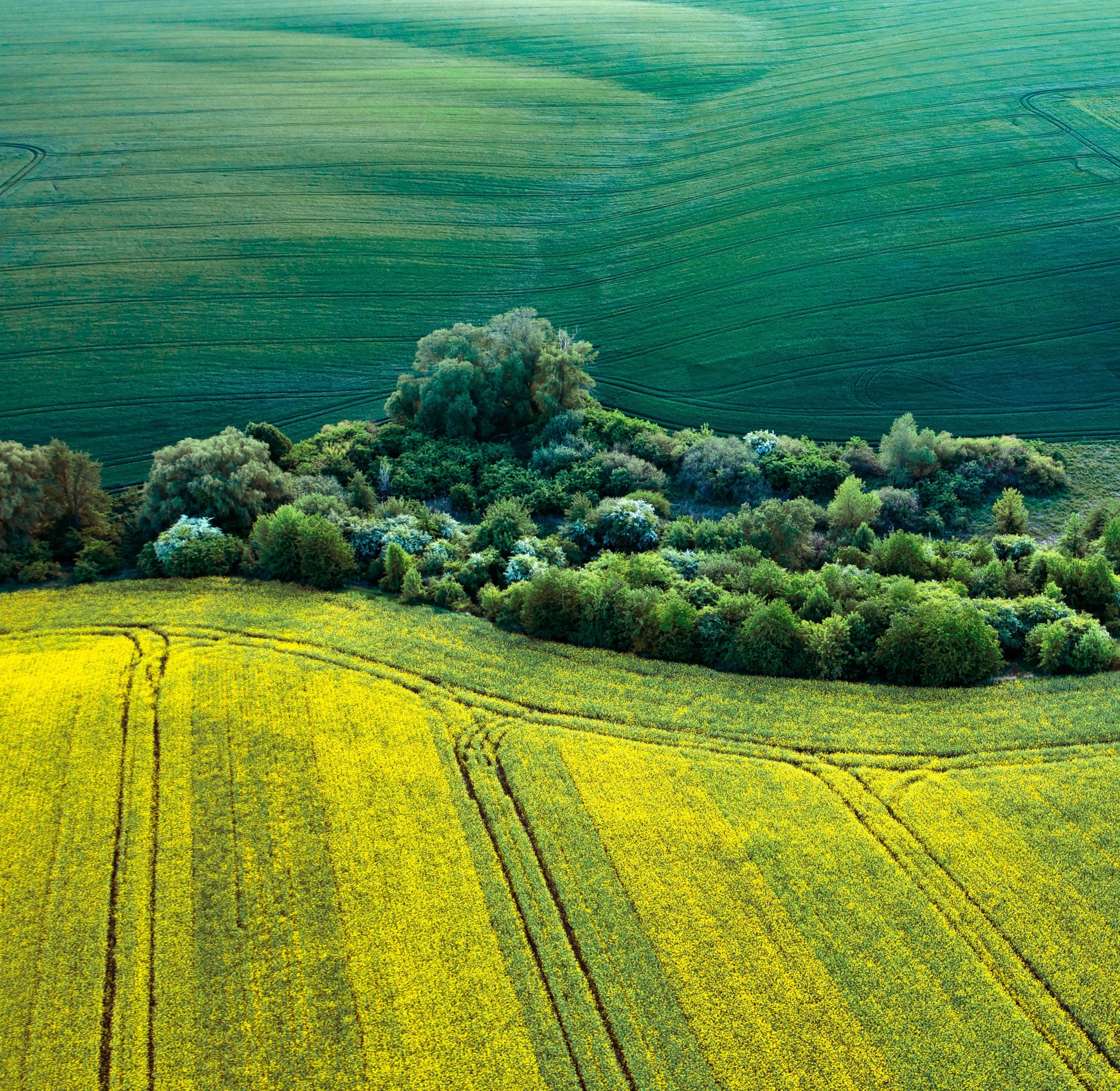If you’ve read some of my work in the past, you’ll know that I often write about farm or agricultural data, and that I have a particular point of view on reusability of information captured on farms, or even built up remotely, about farming systems. Why is that?
I’m not a farmer, though I’ve had the privilege of working closely with some farmers through my career, and at a distance with many more. If you’re a farmer or grower, or you are working with those who are, here are some reasons to pay attention to how information is captured, and how you might get the best mileage out of it.
Let me tell you a parable about a fig tree (I know – that’s been done before).
A large fig tree grows outside my house. It’s called “brown turkey”, and it has green figs in spring, and especially in autumn, which turn a purply-brown as they ripen. The tree is large, and tall, which means the birds, especially the tiny Tauhou or silvereye, get to eat their fill each autumn.
My wife and I watch the birds eat the fruit, and sometimes we wish we could beat them to it. Sometimes I have reached up to pick a ripe fig, only to discover it is a mere shell of a fig. The birds have eaten the entire fruit, leaving only the skin.
If we really wanted to, we could beat the birds. We could prune the tree to a reasonable size, cover it with bird mesh, use bird scarers, and harvest all the fruit ourselves. But what would we possibly do with all that fruit?
This is the first lesson of agricultural data. The range of remote sensing, sensor, wearable and device data is vast. Some data will be valuable to your operation. Trying to harvest all that data right now, without a good sense of how you will get value from it, is like me trying to harvest all the figs – expensive, pointless, and best left for the birds.
My wife loves to eat fresh figs. When we do manage to get some figs for ourselves, she picks several of the ripest ones and enjoys them straight away. In fact, her love for figs is probably the reason my father-in-law gifted us the fig seedling in the first place.
For many farmers and growers, the first use of their data should rightfully be to inform their own decisions. It’s the soil test that informs nitrogen application for a vegetable crop, or the livestock weights and weight gain that helps with drafting or sorting decisions. This first use of data is why many farmers invest in sampling, testing, or measuring technologies in the first place.
I would be terribly disappointed if our use of figs stopped at just that first use.
I love our figs for what they can become. A fig chutney that goes perfectly with good cheese. Blended with stewed apple to turn an applesauce cake into an amazing fig cake. Served with cured meats. The list goes on.
If you’re a farmer or grower, these are the later uses of the data you collect on farm. It might be the insights you gain from participation in benchmarking or catchment group discussions led by a farm advisor or agronomist. Or you may use the data you collect with your customer or supply chain, to show evidence that your operational practices make the grade for sustainability, welfare, and carbon requirements. It might support your future planning and bank finance requirements. The list goes on.
There’s one thing that I don’t like doing with figs.
I don’t like picking figs, and then leaving them on the bench to wither or rot. Unlike some of the fruits we love, figs have a truly short shelf life. Use it or lose it. And if we do end up throwing out rotten figs, sometimes we must buy or find poor substitutes in all those other uses.
Sadly, it can be the same with data collected on farms. If the livestock weights never made it out of the weigh scale, will they be useful when you want to look at trends next season? If your only record of fertiliser or feed inputs are on paper receipts in the filing cabinet, the process of filling in an annual carbon footprint return will be frustrating and you’ll resort to guesswork.
Just as I’m best to ensure any figs that are not eaten fresh are at least sliced and frozen for later reuse, for those who farm as a business, it’s worth at least a small amount of investment to ensure your data is in a state that can be retrieved and reused when you need it. Next purchase or renewal, it’s worth asking your technology provider how you can be sure your data will be available and easy to use in future recipes – er, analyses.


